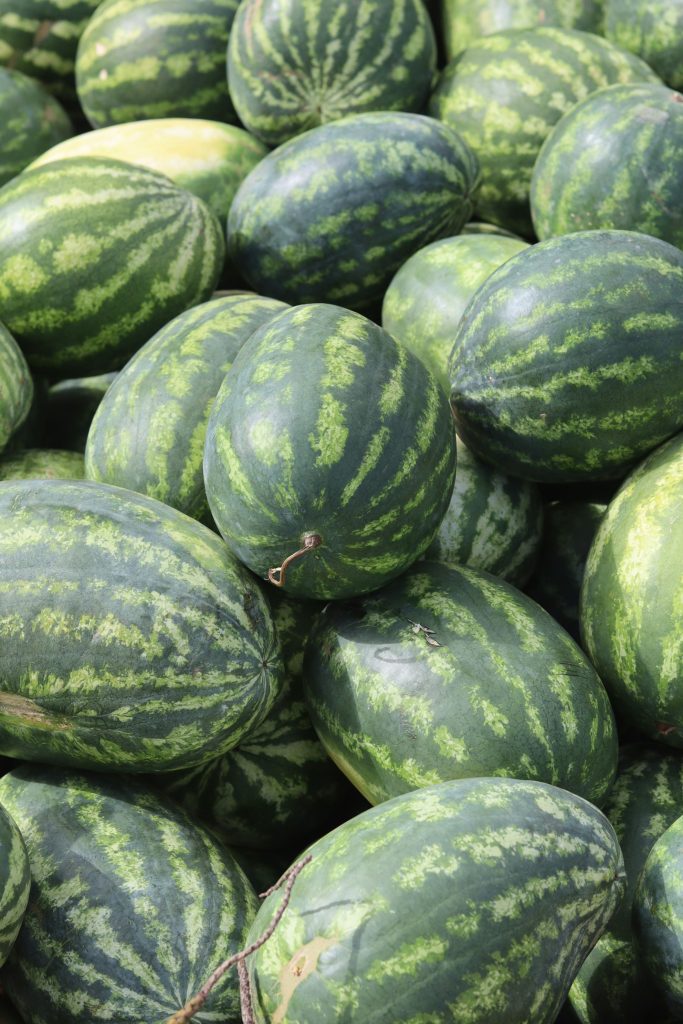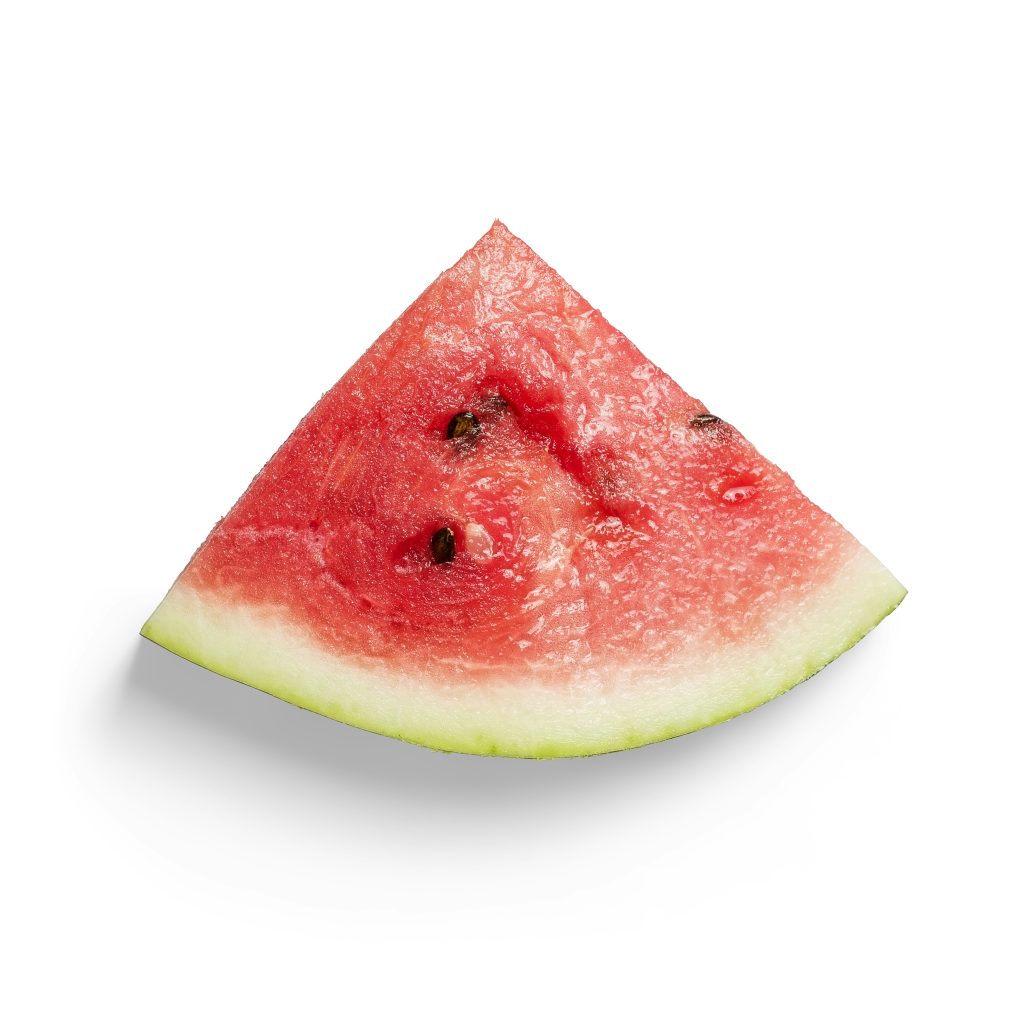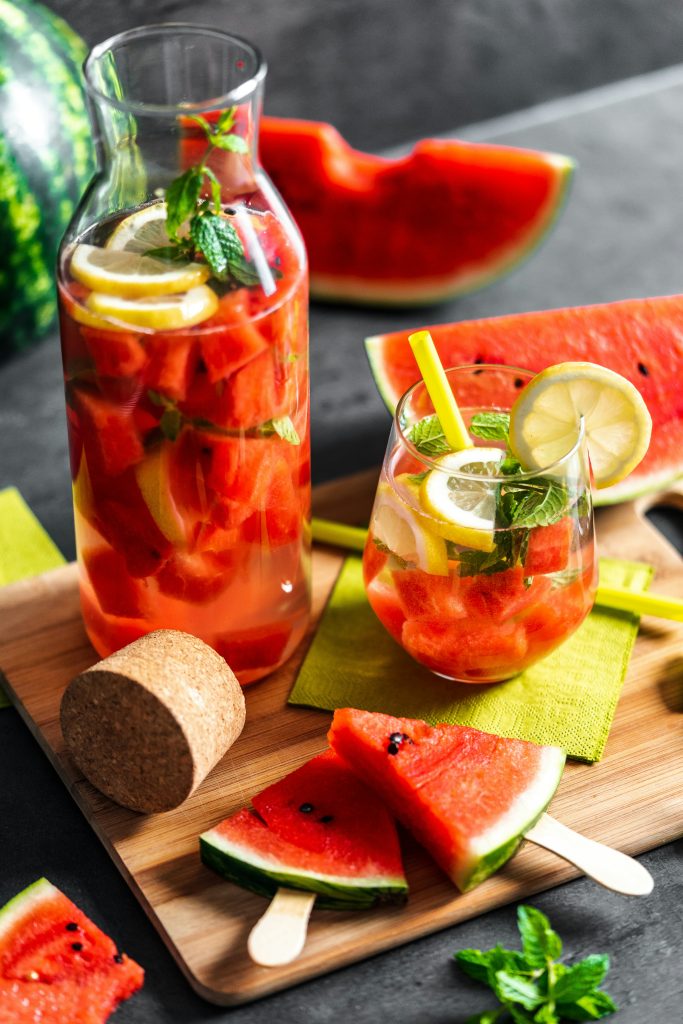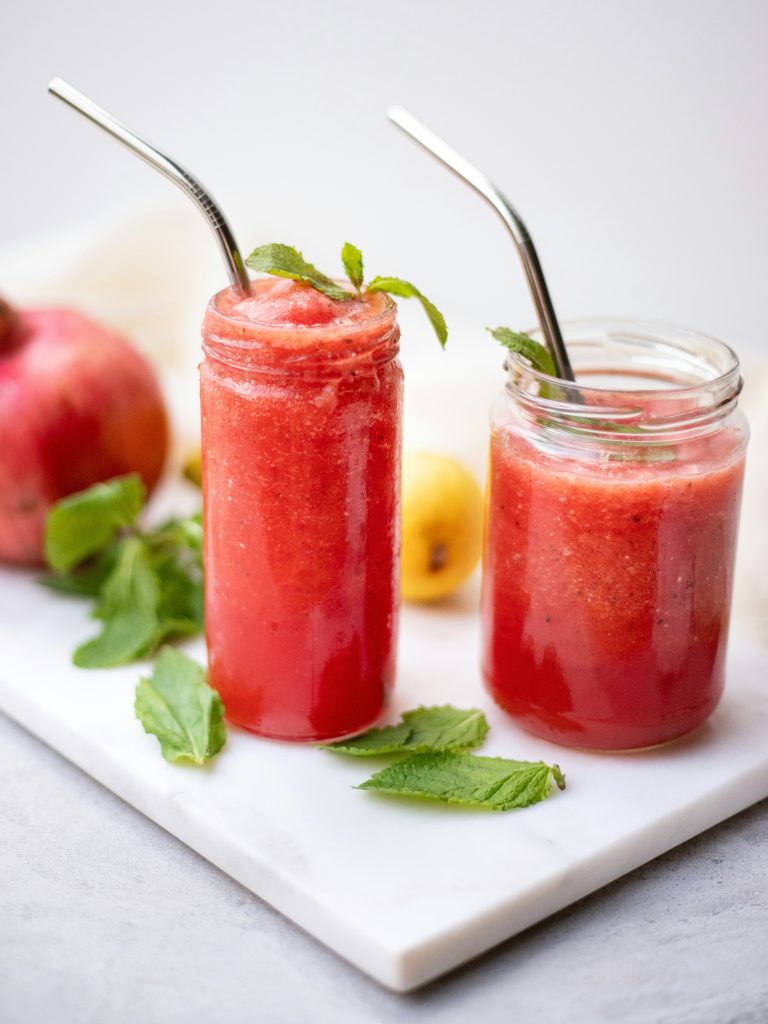Planting Watermelon Seeds – A Summer Treat
Watermelon (Citrullus lanatus) is a beloved fruit, especially during the sweltering summer months. Originating in Africa, watermelons have a rich history and come in a variety of types, all of which start from the humble watermelon seed. This article delves into the fascinating journey of watermelon seeds from their historical roots to their growth and harvest, and finally to their culinary applications in refreshing drinks and salads.
A Brief History of Watermelon Seeds
Watermelon seeds trace their lineage back to the African continent, where the first wild watermelons grew in the hot, arid regions of what is now modern-day Sudan. Over time, the seeds were spread through trade and migration, reaching various parts of the world including Asia, Europe, and the Americas. Watermelons were cultivated for their high water content, which was invaluable in arid climates, and their seeds became symbols of sustenance and fertility.
Types of Watermelon Plants

There are several varieties of watermelon, including seeded and seedless types, but all of them start from seeds. Seeded varieties include the classic picnic watermelon, with its large, sweet flesh and numerous seeds, and the heirloom varieties like the Moon and Stars watermelon, known for its unique speckled rind. Seedless varieties, which are developed through hybrid breeding, start with seeds that produce plants with sterile flowers, yielding fruit without mature seeds.
Optimal Growing Conditions for Watermelon Seeds
Watermelons thrive in warm climates and need a long growing season with plenty of sunshine. They require well-drained, sandy loam soil with a pH between 6.0 and 6.8. While they can grow in various climates, they perform best in regions where the temperature ranges from 70 to 85 degrees Fahrenheit. In cooler climates, starting seeds indoors and transplanting them after the danger of frost has passed can give the plants a head start.
How to Grow Watermelons on a Trellis
Growing watermelons on a trellis can save space and reduce the risk of diseases and pests. Here’s a step-by-step guide to growing watermelons on a trellis:
- Select the Right Variety: Choose smaller, lighter watermelon varieties like Sugar Baby or Minnesota Midget, which are more suited for vertical growth.
- Prepare the Soil: Ensure the soil is rich in organic matter and well-draining. Amend the soil with compost to provide necessary nutrients.
- Plant the Seeds: Sow watermelon seeds directly into the soil or start them indoors 4-6 weeks before the last frost date. Plant seeds 1 inch deep and space them 4-5 feet apart.
- Install the Trellis: Erect a sturdy trellis that can support the weight of the watermelons. A-frame or vertical trellises work well. Use materials like wood, metal, or PVC.
- Train the Vines: As the watermelon vines grow, gently guide and tie them to the trellis using soft ties or cloth strips. Be careful not to damage the vines.
- Support the Fruit: When the watermelons start forming, use slings made from fabric or netting to support the growing fruit and prevent them from falling off the trellis.
Planting and Maintaining Healthy Watermelon Seeds
Planting Seeds: Sow watermelon seeds directly in the garden when soil temperatures reach 70°F. Plant seeds 1 inch deep in hills spaced 4-6 feet apart, with 2-3 seeds per hill. Thin seedlings to the strongest plant.
Watering: Watermelons need consistent moisture, especially during flowering and fruiting. Water deeply once a week, providing 1-2 inches of water. Avoid overhead watering to reduce the risk of fungal diseases.

Fertilizing: Use a balanced fertilizer when planting, and switch to a low-nitrogen, high-phosphorus fertilizer once the vines start spreading. Over-fertilizing with nitrogen can lead to lush foliage but fewer fruits.
Mulching: Apply mulch around the base of the plants to retain moisture, suppress weeds, and keep the soil warm.
Pest and Disease Control: Monitor for common pests like aphids, cucumber beetles, and squash bugs. Use organic pesticides or introduce beneficial insects to control them. Prevent fungal diseases by ensuring good air circulation and avoiding wet foliage.
Harvesting Watermelons
Determining when a watermelon is ripe can be tricky. Here are a few indicators:
- Tendril Color: Check the tendril closest to the fruit. If it turns brown and dries up, the watermelon is likely ripe.
- Ground Spot: Look for a creamy yellow spot on the underside of the watermelon where it rested on the ground.
- Sound: Tap the watermelon; a ripe one will produce a deep, hollow sound.
Culinary Uses of Watermelon
Watermelon is incredibly versatile in the kitchen. Here are a few delightful ways to enjoy this refreshing fruit:

- Watermelon Juice: Blend watermelon chunks with a squeeze of lime for a refreshing drink.
- Watermelon Salad: Combine watermelon cubes with feta cheese, mint leaves, and a drizzle of balsamic glaze for a savory-sweet salad, or follow this recipe.
- Watermelon Smoothie: Blend watermelon with yogurt, honey, and a handful of ice for a nutritious smoothie.
- Grilled Watermelon: Brush watermelon slices with olive oil and grill for a few minutes on each side for a unique twist.
- Watermelon Popsicles: Puree watermelon with a bit of sugar and lemon juice, pour into molds, and freeze for a healthy treat.

In conclusion, watermelon seeds are the starting point for a fruit that is not only delicious and hydrating but also rich in history and cultural significance. By understanding how to cultivate watermelons, especially on a trellis, gardeners can enjoy a bountiful harvest and explore numerous culinary delights. Whether in a juice, salad, or grilled, watermelon continues to be a summer favorite, appreciated around the world for its sweet, refreshing flavor.
